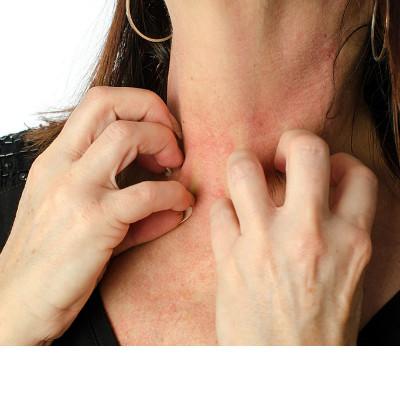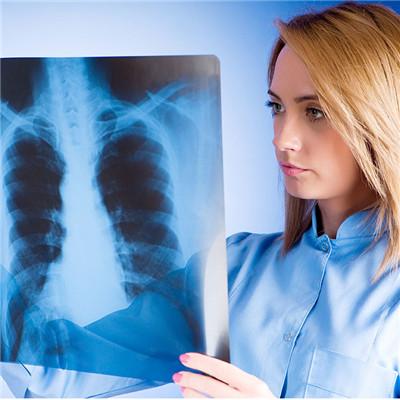Introduction of several common symptoms of hysteromyoma
summary
In real life, some female friends will suddenly feel pain in their lower abdomen. If they touch with their hands, they will find obvious masses in their abdomen. This may be due to uterine fibroids, so they need to go to the hospital for examination in time. What are the common symptoms of uterine fibroids? Now for you to talk about the common symptoms of uterine fibroids.
Introduction of several common symptoms of hysteromyoma
First, abdominal mass: generally in the morning, if there is abdominal mass symptoms will be more obvious, many female friends are based on such a symptom and judge that they have uterine fibroids. These patients are often asymptomatic and feel the lump more clearly when they hold their urine in the morning. This is a common symptom of uterine fibroids.

Second, leucorrhea increased: is also a common symptom of uterine fibroids, normal leucorrhea should be colorless and tasteless, if once the abnormal situation of leucorrhea caused attention, due to the increase of uterine cavity and endometrial area, endometrial gland secretion increased. In addition, the growth of uterine fibroids makes the pelvic blood vessels congested, resulting in an increase in leucorrhea. Nearly half of the patients with hysteromyoma have increased leucorrhea.

Third, abdominal pain, low back acid, falling feeling: also belong to the common symptoms of uterine fibroids. Acute abdominal pain may occur when the pedicle torsion occurs in subserous uterine fibroids. When the hysteromyoma is large, it will compress and stretch the blood vessels, nerves and connective tissue in the pelvic cavity, and cause blood stasis in the pelvic cavity. It will produce lower abdominal distension and lumbosacral pain. Fatigue or menstruation can be aggravated due to pelvic congestion. During pregnancy or puerperium, the small blood vessels in the myoma have degenerative changes, causing thrombosis and hemolysis. Hemoglobin in the blood seeps into the myoma tissue, making the myoma turn red, also known as myoma red degeneration. At this time, the patient will have severe abdominal pain, accompanied by local pressing pain of myoma, and fever.

matters needing attention
If the symptoms of uterine fibroids, we must immediately go to the hospital for treatment, so as not to delay the disease, causing more serious harm to patients.

















